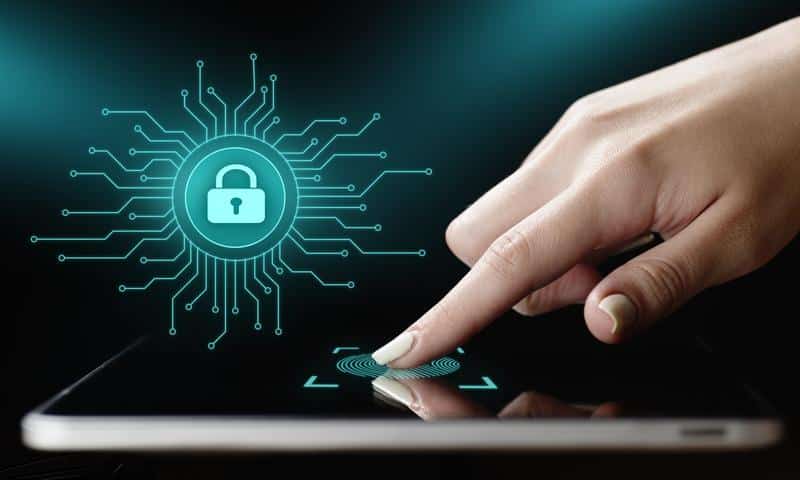Last updated on August 24th, 2024 at 04:11 pm
Estimated reading time: 3 minutes
Living in the technology age has its perks, but with the development of new technology, come new ways for companies to track and access your data. If you know how to be smart and vigilant, you will be able to make choices that protect your data without having to go off the grid. There are also ways of managing exams to ensure that cheating is almost impossible by using proctoring software.
Here’s how to use new technology to keep your data safe.
Check the EULA
A EULA, or end user license agreement, is the legal agreement you accept when installing any sort of software. It’s usually presented as a long list of terms you scroll through and click “agree.” Plenty of people are impatient enough to use their new software that they scroll through without reading. One of the first (and simplest) steps to protecting your privacy is taking time to read the terms. Many EULAs specify that you can’t transfer the software license, but others include permissions allowing the software company to sell or otherwise use your data. Take the time to read and understand the EULA of everything you download. This can protect you from a surprise invasion of privacy down the line.
Check Your Settings
Whether it’s on mobile phone apps or on computer programs, settings matter. Many apps default to letting the developer use your data, including your email address. In some cases, you can opt out of data sharing, but in others, there is no opt-out option. If this is the case with apps you need, simply using different email addresses can go a long way toward protecting privacy. Even a single email search can turn up a lot of information you may not want people to know about. Keeping one email address for personal use and another for registering with software companies is a good idea.
Use a VPN
A virtual private network, or VPN, is another step you can take to protect privacy online. A VPN can hide browsing activity from others on public WiFi networks like those used in hotels and coffee shops. For example, using a VPN lets you securely access banking information or other sensitive information while in public. Plus, a VPN is easy to get, and there are many free options available online. Most free options also offer you the chance to purchase a premium subscription, which usually has faster connection speeds.
When using the latest technology, it’s worthwhile to exercise some healthy caution. While it’s easy to feel anonymous on the internet, you are rarely truly concealed. However, even by taking a few simple steps, you can keep your data and your privacy safe.
Here is another article you might like: Best free VPN browser extensions you need to know
Discover more from TechyGeeksHome
Subscribe to get the latest posts sent to your email.
